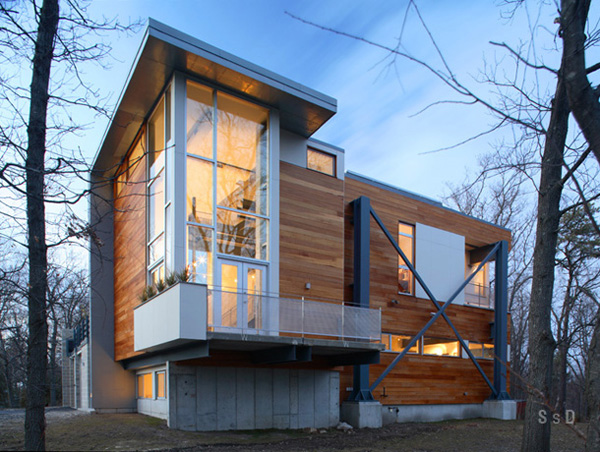fattony
Senior Member
- Joined
- Jan 28, 2013
- Messages
- 2,099
- Reaction score
- 482
In the interest of not derailing the Jacob Wirth thread any further, I'll bring my thought here.
The title makes by position clear, though I would listen patiently to a counter argument. I didn't go to architecture school, so I never had a professor tell me why I'm supposed to like Gehry.
I think Frank Gehry is the worst and I cannot understand why he is revered in any way, shape, or form. His architecture is the epitome of gimmickry. He's the shock jock of architecture. Build it because it is weird and it makes people stare, but they are staring for the wrong reason. And when the roof made of of crumpled tin foil leaks - don't complain because it's a GEHRY! So much of his work is all variations the same themes - crumples or piles or piles of crumples - there isn't even anything "creative" or shocking about it anymore.
The title makes by position clear, though I would listen patiently to a counter argument. I didn't go to architecture school, so I never had a professor tell me why I'm supposed to like Gehry.
I think Frank Gehry is the worst and I cannot understand why he is revered in any way, shape, or form. His architecture is the epitome of gimmickry. He's the shock jock of architecture. Build it because it is weird and it makes people stare, but they are staring for the wrong reason. And when the roof made of of crumpled tin foil leaks - don't complain because it's a GEHRY! So much of his work is all variations the same themes - crumples or piles or piles of crumples - there isn't even anything "creative" or shocking about it anymore.





